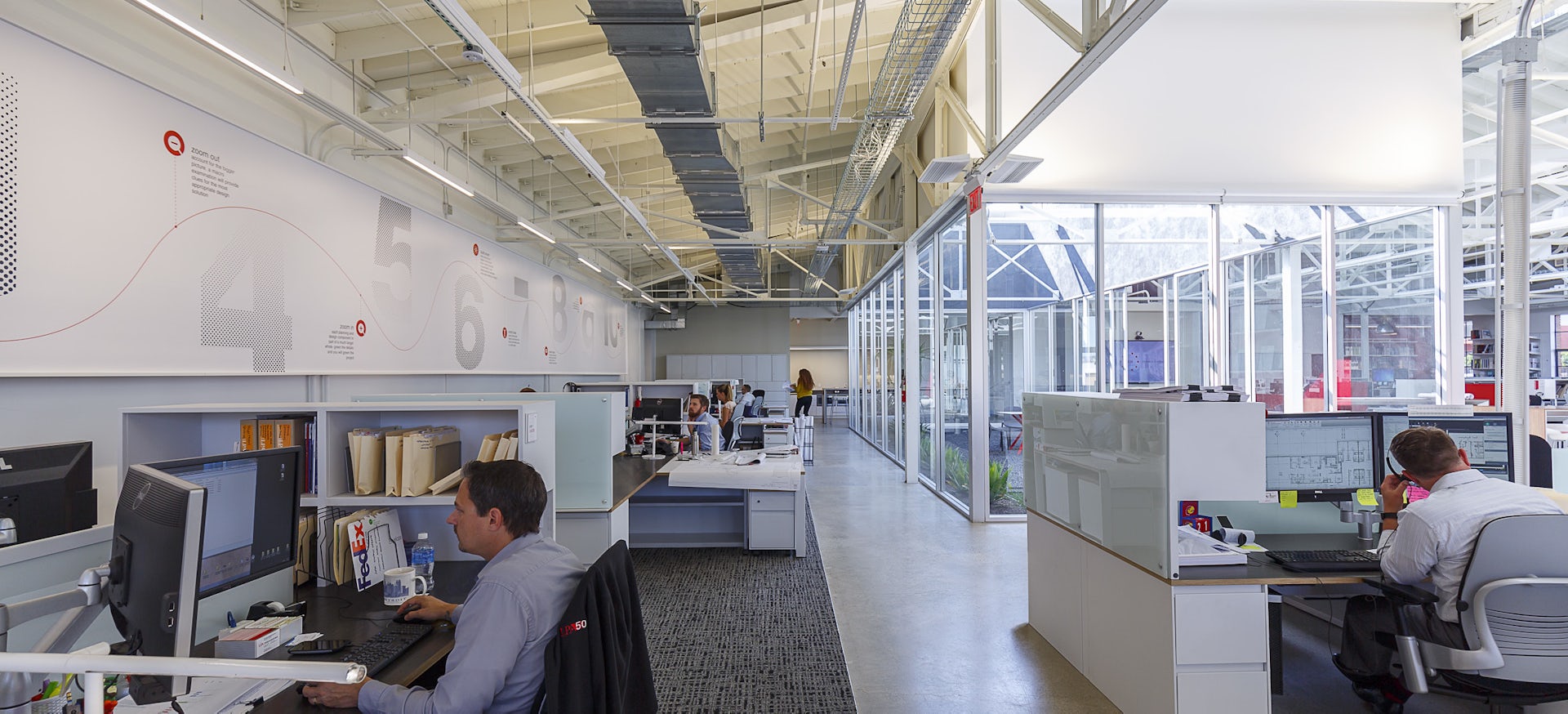While there is continued debate on the likelihood of airborne transfer of COVID-19 — and this appears to be less common than person to person, surface contact (fomites) or large droplet transfer—many experts believe that some airborne transfer of the COVID-19 virus is likely. Operation of HVAC systems which circulate, filter, heat and cool air within buildings may have some impact on airborne virus transfer.
Generally accepted best practices for operating HVAC systems to maximize indoor air quality (IAQ) and limit airborne virus transfer inside of general buildings and workspace (excluding healthcare facilities):
1. Increase Ventilation / Exhaust Rates
Higher HVAC system ventilation rates will generally increase removal of indoor pollutants. Operating HVAC systems in 100% outside air (air-side economizer or purge) mode may be appropriate for facilities where COVID infections could potentially be present.
2. Open Windows to Maximize Fresh Air
When operable windows are available, utilize natural ventilation, when possible.
3. Maintain HVAC Filters
Installing high-efficiency air filters in central air systems and replacing them frequently will help to reduce air-borne particulates, including pathogens—although no filter will remove all potential airborne pathogens. Portable, temporary HEPA filtration units may have some benefit as well, but filtration alone is not a comprehensive approach to managing good IAQ or infection control.
4. Increase Air Change Volumes (Rapidly Exhanged Air)
Operating system at higher volumes (e.g., increasing VAV zone minimum air flows) will increase air exchange central system and air filtration rates, reducing indoor particulates.
5. Operate Ventilation Systems Extended for Hours
Operating HVAC air-side systems for extended hours before and after occupancy, rather than only during occupied periods, will generally reduce all indoor pollutants including pathogens. Although LPA is not in a position to verify the veracity of the following, it has been reported that the COVID-19 virus likely only survives for a few hours after being expelled from an infected person.
6. Use Ultraviolet Germicidal Irradiation (UVGI) in Air Handling Systems
UVGI lights destroy bacteria, mold, and other organisms (including viruses) that may grow on surfaces inside of HVAC equipment, but they likely have only limited impact on airborne pathogens.
7. Ultimately, Defer to ASHRAE Guidelines
The US Environmental Protection Agency (EPA) and others defer to ASHRAE for guidance
on these issues. https://www.ashrae.org/technic...
Other considerations related to HVAC system operation include the following:
1. Shutting Down HVAC Systems
Turning HVAC systems off will limit air circulation in the building but will also allow indoor pollutants to become more concentrated and generally lead to poor IAQ in occupied buildings.
2. Ozone Generators
There are ozone generating disinfection “air cleaners” (also called ionizers or plasma generators) on the market but these products are generally not allowed by the California Air Resources Board since they create indoor air pollutants with limited or no benefit to occupants.
3. Humidifiers
It remains unclear whether there are particular indoor temperature or humidity ranges that either promote or reduce the potential for virus transfer. Humidifiers can pose IAQ risks by providing increased opportunities for mold, mildew, and bacteria to grow within damp ductwork and HVAC systems.
The following material above has been developed with information and statements reported to the general public by local, state and federal health agencies and from the American Society of Heating, Refrigerating and Air-Conditioning Engineers (ASHRAE) and its Epidemic Task Force to address the current pandemic as it relates to the effects of heating, ventilation and air-conditioning systems on disease transmission. LPA is providing this information for your consideration and review. LPA has not participated in reaching any of the conclusions, nor is LPA qualified to provide medical or public health advice and has not conducted its own studies or research on the effects of the pandemic and has not verified the recommendations or conclusions of those qualified to render such advice. Some of the recommendations may not be suitable for application to your building, facility or situation. Ultimately, owners and occupiers must make their own strategic decisions for their individual stakeholders and workplaces. LPA makes no representations or warranties regarding the accuracy or completeness of this material and disclaims all liability arising from use of these materials by others.








